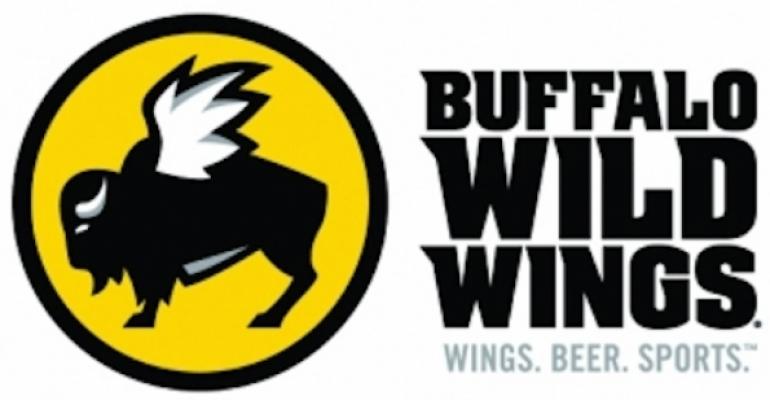 This post is part of the Reporter's Notebook blog.
This post is part of the Reporter's Notebook blog.
Brinker International, the owner of Chili’s, bought a bunch of restaurants from franchisees.
If you’re reading this, then you probably know how odd that is. Over the past decade, restaurant chains can’t seem to sell stores to franchisees fast enough.
Wendy’s, McDonald’s, Jack in the Box, Yum Brands, Jamba Juice, Applebee’s, Burger King, Panera Bread and others have all refranchised in recent years, and the private chain TGI Friday’s is currently doing so. Even some companies that don’t franchise, like Darden Restaurants, are considering the idea.
But a few companies have operated counter to that trend. Buffalo Wild Wings’ purchase of 41 stores earlier this month is one such example. And Chili’s acquisition of units owned by Pepper Dining, as colleague Ron Ruggless noted yesterday, is another.
Why do some companies opt to buy more company stores? Most of the time it’s because their brand is more profitable and it makes more sense to operate more units.
John Gordon, a restaurant consultant out of San Diego, said that brands buy out franchisees when they see more upside in operating units themselves. “It’s generally the profitable brands that are reacquiring,” Gordon said.
In general, selling the right to operate a brand has higher profit margins than running restaurants. Franchising enables quick expansion. It also puts the onus for capital expenses onto the franchisees, making remodel projects quicker and reducing debt burdens on the company. Franchisees have also proven themselves to be better operators in many cases than the brands, which often lose focus on store operations after a while.
But running restaurants generates a lot more cash than franchising them. And running more restaurants enables brands to implement systemwide changes more quickly and avoid brand-damaging problems from rogue franchisees.
As such, there is a “toggle point” in which the cash generated by a restaurant gets so low as to trigger refranchising or incentivize franchisee buyouts. Gordon says that point is 15 percent earnings before interest, taxes, depreciation and amortization, or EBITDA. Lower than 15 percent often forces companies to refranchise. Higher than that and the more likely they are to operate restaurants. And the higher the cash flow, the more likely defranchising comes into play.
 It’s a guarantee that in both the Buffalo Wild Wings acquisition and the Chili’s acquisition this week that the stores being bought are healthy. Chili’s bought those 103 units for $106.5 million, or more than $1 million per location. That’s a relatively high price.
It’s a guarantee that in both the Buffalo Wild Wings acquisition and the Chili’s acquisition this week that the stores being bought are healthy. Chili’s bought those 103 units for $106.5 million, or more than $1 million per location. That’s a relatively high price.
Then there's the $160 million Buffalo Wild Wings paid for those 41 locations. That’s nearly $4 million per location. “We believe that the acquisition of these Buffalo Wild Wing locations will provide our shareholders with additional long-term net earnings growth,” Buffalo Wild Wings CEO Sally Smith said of the deal.
There are other reasons why companies might buy out units rather than sell them. A deal might be just too good for the franchisor to pass up. Or, as Gordon pointed out, some franchisors might buy units to ensure that franchisees don’t go into bankruptcy so they can keep a market strong or avoid bad publicity.
And, I think, some brands simply prefer operating restaurants than franchising them. Don’t discount the role of CEO preference in these decisions.
To be sure, a brand’s direction can change, either with new leadership or with some investor pressure. One case in point: Panera Bread. The St. Louis-based company over the years had bought out franchisees. But this year the brand announced plans to refranchise some units.
So, while brands might be buyers now, they could become sellers down the line.

